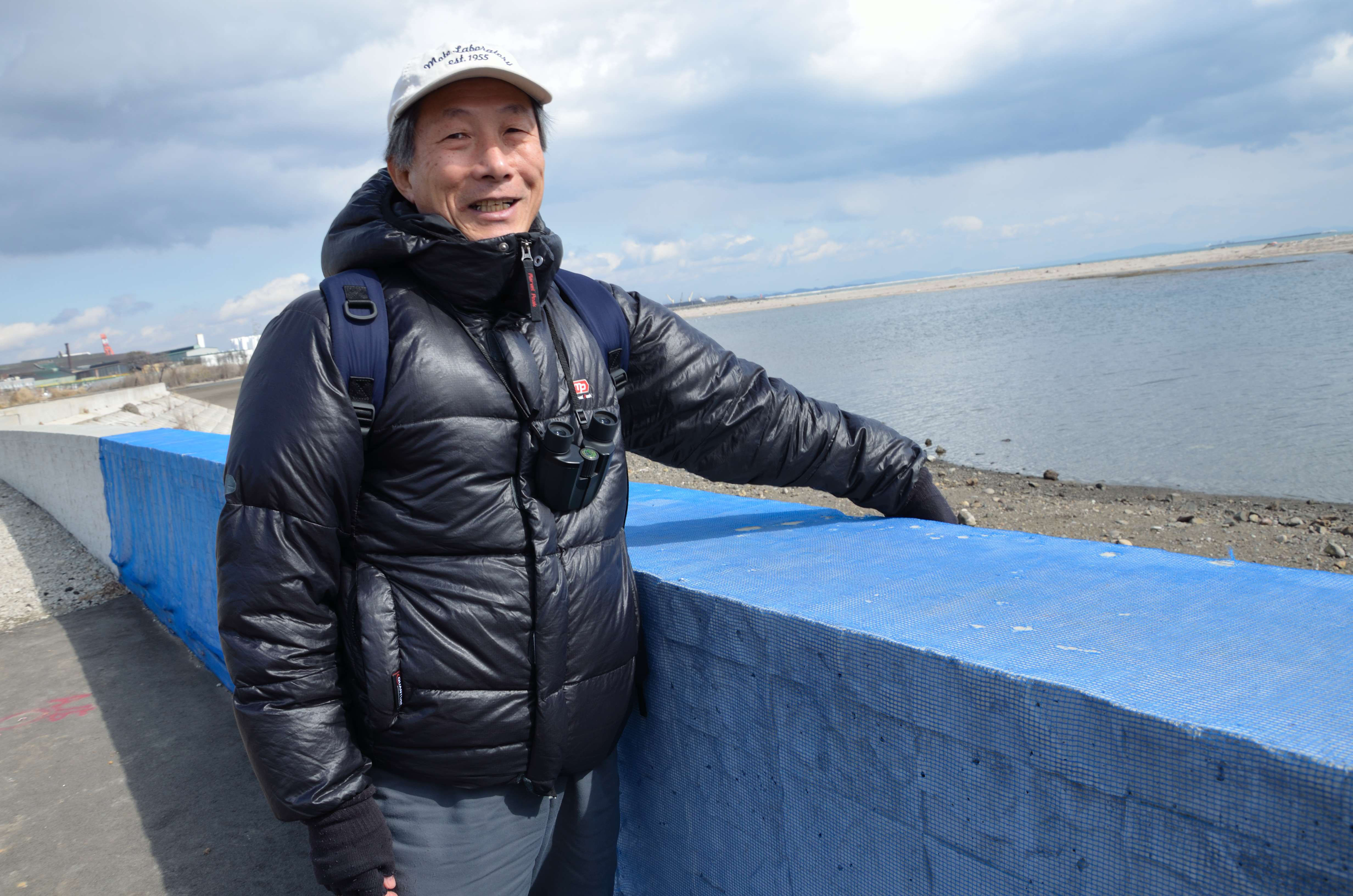One day in October 2011, marine ecologist Masahiro Nakaoka donned his scuba gear, paddled into the waters of Funakoshi Bay in Iwate Prefecture, and braced himself for his first glimpse of its underwater communities since a massive tsunami triggered by the Great East Japan Earthquake swept through seven months earlier, on March 11.
Nakaoka knew the bay well. He works at Hokkaido University's Akkeshi Marine Station and studies the seagrass meadows that dot the coasts of Iwate, Aomori, and Miyagi prefectures in the Tohoku region of northeastern Honshu. The meadows are not large, he says, but they are extremely valuable.
"They are unique in terms of species diversity and structure. They also attract fish so they are a valuable economic resource for local fishermen," he told me by phone on a recent morning. The meadows provide abundant hiding places for fish to lay eggs, and in several bays in Iwate Prefecture there are seagrass specimens as high as a two-story building — the tallest in the world.



